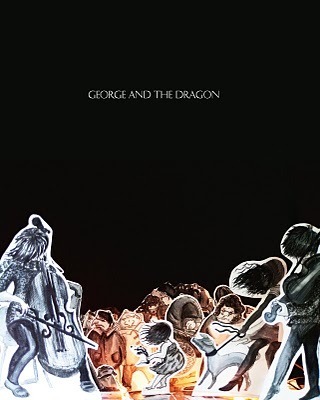Story structure – the secret of compelling storytelling

Structure is how we knit our story together
If I had to pin down the single most important secret of powerful storytelling, it would be structure. Here's why
This week I hosted a forum on the Facebook group Writers Etc and kicked off with this discussion about story structure. Here it is, slightly expanded, buffed and clarified…
Good storytelling is about grabbing the reader, making them care, worrying them, disappointing them, cheering them up, giving them hope, making them bite their nails because they can't bear the suspense, making them miss their train stop and making them stay up until they finished the book. This is partly done with voice and point of view, but mostly with an acute awareness of how to use the events and where to place them – the structure.
Plot is not just events
Events in a novel are rarely superficial. They are a force pulling the characters through the most important experiences of their lives. This principle holds no matter what we are writing, from a fast-paced thriller to a tangled study of a relationship.
I find that more and more, I am sculpting my novels by concentrating on what the structure does.
Once I have my characters and a rough idea of the story, I know the kinds of things they will do and the resources at their disposal. I usually find there are half-a-dozen places a scene could logically go, so I have to find the right one – the one that will answer or ask a question, create a surprise, light a fuse or generate extraordinary tension. A good half of my creative time is spent experimenting with my story's events in different orders to discover where they matter the most.
Courage to experiment
So to structure stories effectively, you need courage to experiment. When I critique manuscripts I find many of my clients can't see their novel's structure. They have a lot of events that don't advance the story, or need to come earlier or later or be reshaped from a different perspective. When I suggest reordering events they don't dare, fearing it's an unmanageable task. Usually, the biggest help I can give them is to show them how to see their novel as a whole and use each story development to its best potential. One of them is my beat sheet tool, which you can see demonstrated here on the opening of the first Harry Potter novel.
Most of us can think of interesting stuff to put in our stories. It's the way we knit it together that matters – who does what, who it changes, what it makes them want to do and whether that makes things better or worse. Get it right, and you won't have any ho-hum sections where the story is spinning its wheels. You'll see where the reader will welcome a good dollop of back story. Everything will flow naturally from the characters' needs, hopes and fears – and when a story works like that, the reader will be drawn along irresistibly.
The beat sheet is one of the tools in Nail Your Novel – Why Writers Abandon Books and How Your Can Draft, Fix and Finish With Confidence. Available from Amazon.com and outside the USA from Lulu.
Thank you, Freya Hartas, for the picture. You can find more of Freya's fabulous art at her blog Carl Has The Funk.











